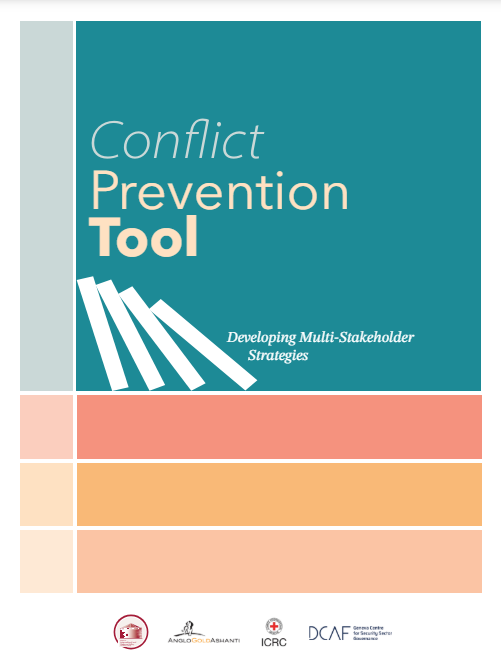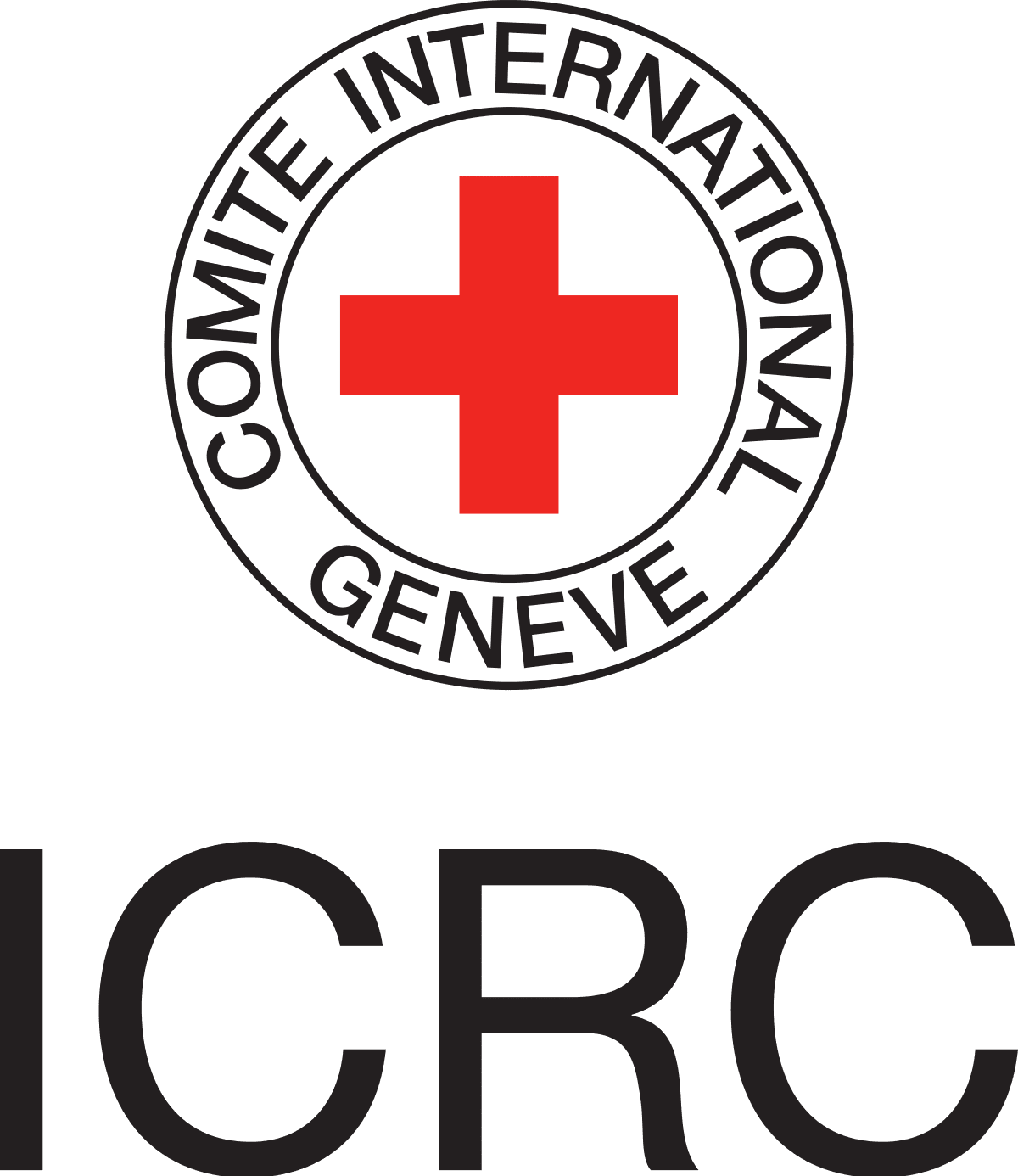Introduction to Working with Communities
Introduction
Under the UN Guiding Principles and other international frameworks, companies are required to implement a ‘do no harm’ approach in how their policies and operational processes affect communities. Companies are also expected to actively contribute to the sustainable development of communities. Further, to retain the support of communities for projects, the company, its suppliers and contractors should respect the rules and norms of the local community, be they legal, social or cultural. This is a key part of the social license to operate. Good relations with local communities also make sound business sense, contributing to the prevention and mitigation of risks that can lead to operational shut-downs or delays, thus reducing costs1 and enhancing the company’s image.
Because of the high risks that ineffective security management can have on the rights and development of communities, as well as the consequent risk to the company’s social license to operate, human rights-compliant security practices are not merely a good practice, but an absolute necessity. Communities should be systematically engaged on security issues relating to company operations.
Company-Community Relations and the Social License to Operate
View ContentWhile effective stakeholder engagement requires considerable investment of time and resources, developing good relationships with local communities is essential to the long-term sustainability and success of a project. However, understanding why companies, at times, face opposition from local communities or experience acts of crime and violence—as well as how to change the situation—is not always straightforward.
Community-related security risks are frequently the result of unaddressed concerns, negative company impacts, unmet expectations, or misunderstandings about non-security-related issues such as employment, land, environment, compensation, resettlement and negative legacies from previous company projects. When concerns and grievances go unaddressed or unmitigated, these issues can escalate into tensions and may eventually result in situations of violence. Security-related concerns can further contribute to or exacerbate these grievances.
Developing and sustaining positive relationships with local communities continues to be challenging for many companies. This chapter adopts both a prevention and a conflict management approach to addressing some of the most common security and human rights challenges related to corporate- community relations. While many good practices will be specific to the situation or context, some key recommendations recur because they are essential to good stakeholder engagement. These include:
- Understanding the context and thoroughly assessing actual and potential risks and impacts.
- Engaging with communities from the moment the first company representative, contractor or security guard sets foot on the ground. Communities should be considered as hosts and the company as a temporary visitor.
- Mapping, analysing and engaging with all relevant stakeholders, ensuring vulnerable groups are included and feel comfortable enough to participate.
- Sharing information in an ongoing and transparent way, including timely response to enquiries.
- Showing respect for local culture and treating communities as partners rather than as threats or risks.
- Listening carefully to concerns and grievances, as well as involving communities in the development of solutions to address them.
- Investing time in developing strong relationships with local communities and allowing ample time for community consultations and decision-making..
- Ensuring that minorities, women, indigenous peoples, persons with disabilities, families, different ethnic groups, youth, the elderly and other groups in vulnerable situations are able to participate in stakeholder engagement and key decisions. This may require special arrangements such as confidential or separate meetings to ensure safety and or/comfortability, or supporting childcare arrangements to ensure women can participate.
Given the nature of the issues addressed in this chapter, implementation will often fall under the responsibility of company security and community relations departments. However, as highlighted in section 4.2 and 4.3., stakeholder relations should be a company-wide responsibility with firm commitment from company leadership and management. All company staff should apply the company’s human rights policies and stakeholder engagement strategy in their activities. This involves aligning all corporate policies, processes, objectives, production targets, performance standards and staff incentives with both business viability and respect for human rights.
Companies should also involve their local staff as much as possible in the development and implementation of their stakeholder engagement strategy and other corporate policies, processes and practices, to ensure they are appropriate to the local context and culture.

Conflict Prevention Tool
Description
The Conflict Prevention Tool (CPT) was developed through a collaborative partnership of international experts, as an innovative framework for conflict management and resolution in relation to business operations. The overarching goal is to equip companies to proactively identify, analyze, and mitigate conflict-related risks. The CPT is therefore designed with a multi-layered approach in mind, focusing on identifying and analyzing risk indicators at three levels: country, corporate, and site.
The CPT supports the collection and synthesis of data gathered from a combination of desktop research and field-based consultations, leading to a practical measurement of conflict drivers to inform responsible stakeholder engagement for businesses operating in conflict-prone areas. A key feature of the CPT is in integrating a conflict prevention mindset across all company functions, fostering proactive risk identification and mitigation, with greater social awareness and responsibility. This is achieved by encouraging different teams within a company – such as enterprise risk, security, sustainability, human resources, procurement, and operations – to collaborate in conflict analysis, thereby ensuring a proactive risk management process, which can potentially reduce the direct and indirect costs of conflict on a company.
PDF(s)
Resource Type
Corporate-community relations do not happen in a vacuum. This chapter therefore addresses operational issues that must be analysed within the context of complex operating environments . Community concerns and grievances relating to the company often result from weak governance, poor public services and lack of genuine engagement on the part of the host government. Companies must assess how all aspects of their operations, beyond security measures, interact with the operational context as it exists. Critical analysis must be applied to understand whether the company’s actions are reinforcing inequalities, increasing competition for resources and/or reducing the extent to which community members have a voice in decision-making; or whether, conversely, company actions are reinforcing good governance, respecting human rights and safeguarding human security. In this respect, while companies cannot and should not replace the government, efforts can be made to support a more effective government role.
Furthermore, where national governance is weakened, compliance with national legal requirements may not be enough to fulfil the corporate responsibility to respect human rights. In some situations, domestic laws may even conflict with international human rights law and standards. Companies therefore need to conduct heightened human rights due diligence and go beyond national legal requirements to ensure respect for human rights in their operations.

DCAF – Geneva Centre for Security Sector Governance
Business and Security Division
www.businessandsecurity.dcaf.ch
Chemin Eugène-Rigot 2E,
CH-1202 Geneva Switzerland
Tel: +41 (0) 22 730 94 18
Contact us

International Committee of the Red Cross (ICRC)
www.icrc.org
Avenue de la Paix 19, 1202 Geneva, Switzerland
Economic Adviser
Department of International Law and Policy
Tel: +41 (0) 22 734 6001
Contact us
